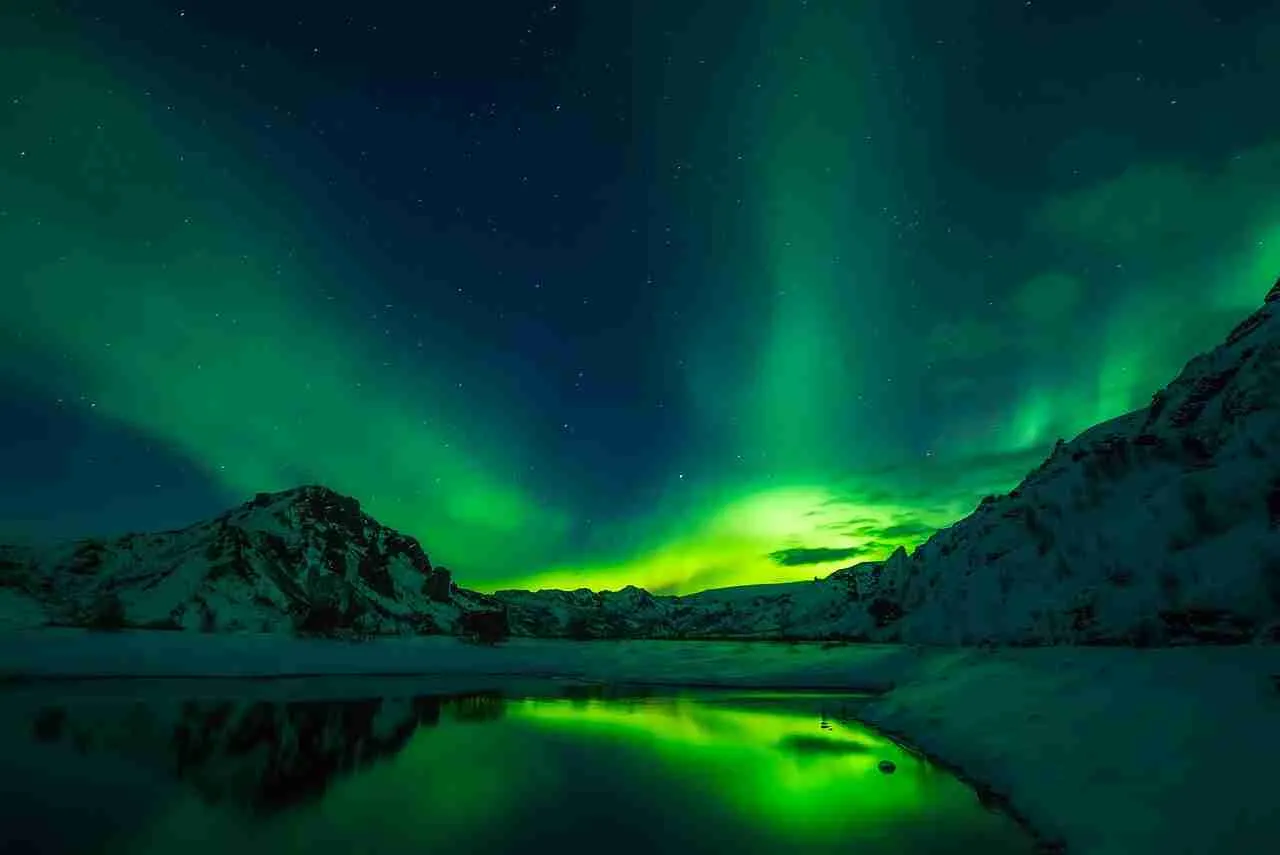Meta Description:
Embark on the ultimate Northern Lights travel adventure! Discover the best places to witness the aurora borealis, including Norway, Iceland, Canada, and Alaska. Get tips on the best times to go, top photography techniques, and essential packing items for a magical experience under the Northern Lights.
Introduction
For travelers worldwide, “Northern Lights travel” is an awe-inspiring experience that offers a magical view of nature’s beauty. Watching the aurora borealis dance across the sky is a dream come true for many, and the adventure of Northern Lights travel adds an unforgettable glow to any trip. This guide explores the best destinations for Northern Lights travel, including Norway, Iceland, Canada, and Alaska. From tips on when to go to capturing perfect photos, this article is your ultimate Northern Lights travel guide.
Top Destinations for Northern Lights Travel
Each destination offers a unique experience when it comes to Northern Lights travel. The magic of the aurora can be seen in several locations, but certain regions are more favorable due to their geographic proximity to the Arctic Circle.
Norway is a top choice for Northern Lights travel, particularly the region of Tromsø, known as the “Gateway to the Arctic.” In Tromsø, travelers enjoy prime viewing spots surrounded by mountains, fjords, and charming villages. The northern islands, such as the Lofoten Islands and Svalbard, provide excellent Northern Lights travel experiences, with clear skies and remote locations that offer an unobstructed view of the aurora.
In Iceland, Northern Lights travel is a popular activity, with the country’s dark winter skies and expansive landscapes providing the ideal backdrop for aurora sightings. Reykjavik, though more urban, offers excellent viewing, especially when travelers venture outside the city for a more secluded Northern Lights travel experience. The Snæfellsnes Peninsula and Thingvellir National Park are some of the best spots for seeing the lights in Iceland.
Canada provides a beautiful setting for Northern Lights travel, especially in locations like Yellowknife in the Northwest Territories. Known for having some of the clearest skies, Yellowknife attracts many aurora enthusiasts looking for the perfect Northern Lights travel opportunity. The northern parts of Yukon and Alberta also offer spectacular viewing spots with scenic backdrops.
Alaska is another top destination for Northern Lights travel. Fairbanks is one of the best places to view the aurora borealis, often experiencing more than 200 nights of aurora activity per year. The remote location and clear skies make Fairbanks a Northern Lights travel hotspot, with ample opportunities to see the lights from late fall to early spring.
When to Go for the Best Northern Lights Travel Experience
Timing is essential for Northern Lights travel. Generally, the best months for Northern Lights travel are from late September to early April. During these months, the polar regions experience extended hours of darkness, creating ideal conditions for aurora sightings. Travelers planning Northern Lights travel should consider moon phases as well, as darker skies without a full moon provide the best visibility for aurora viewing.
Photography Tips for Northern Lights Travel
Capturing the Northern Lights is a key part of the Northern Lights travel experience. To photograph the aurora, it’s essential to bring a camera with manual settings to control exposure, ISO, and shutter speed. A tripod is crucial for keeping the camera steady during long exposures, a technique used to capture the dancing lights.
When on a Northern Lights travel adventure, setting your camera’s ISO to around 800-1600 and using a wide-angle lens with a low aperture can help capture the vivid colors and movement of the aurora. Experimenting with shutter speeds, usually between 5-20 seconds, can also help create stunning images that reflect the beauty of the Northern Lights travel experience.
Understanding the Science of Northern Lights Travel
Part of the wonder of Northern Lights travel is understanding the science behind the aurora borealis. The lights are created by solar particles colliding with Earth’s atmosphere, releasing energy in the form of colorful light. This phenomenon occurs mostly near the Earth’s magnetic poles, which is why Northern Lights travel takes place in high-latitude regions.
The colors seen during Northern Lights travel vary depending on the type of gas particles involved. Green is the most common color, created by oxygen particles, while red, blue, and purple hues are produced by nitrogen and other gases. Knowing the science adds an extra layer of excitement to Northern Lights travel, as travelers witness a rare display of cosmic interaction.
Packing Essentials for Northern Lights Travel
When embarking on Northern Lights travel, it’s essential to be prepared for cold weather, as most aurora destinations experience low temperatures during the viewing season. Warm layers, thermal clothing, and waterproof outerwear are key for a comfortable Northern Lights travel experience. Additionally, wearing gloves, hats, and warm boots can help ensure that you stay comfortable while waiting for the aurora to appear.
Other essential items for Northern Lights travel include a flashlight with red light settings, a portable phone charger, and hand warmers. A thermos with a warm beverage can also add a touch of comfort during chilly evenings spent chasing the lights.
Tips for a Successful Northern Lights Travel Adventure
- Plan Ahead: Northern Lights travel can be unpredictable, as auroras depend on solar activity and weather conditions. Checking aurora forecasts can help travelers pick the best nights for Northern Lights travel.
- Stay Flexible: Aurora sightings are not guaranteed, so flexibility in your Northern Lights travel schedule can improve your chances. If one night has poor weather, staying an extra night might lead to a better opportunity.
- Join a Guided Tour: For those new to Northern Lights travel, guided tours can provide valuable knowledge and access to the best viewing spots. Tour guides are familiar with aurora conditions and can maximize your chances of spotting the lights.



